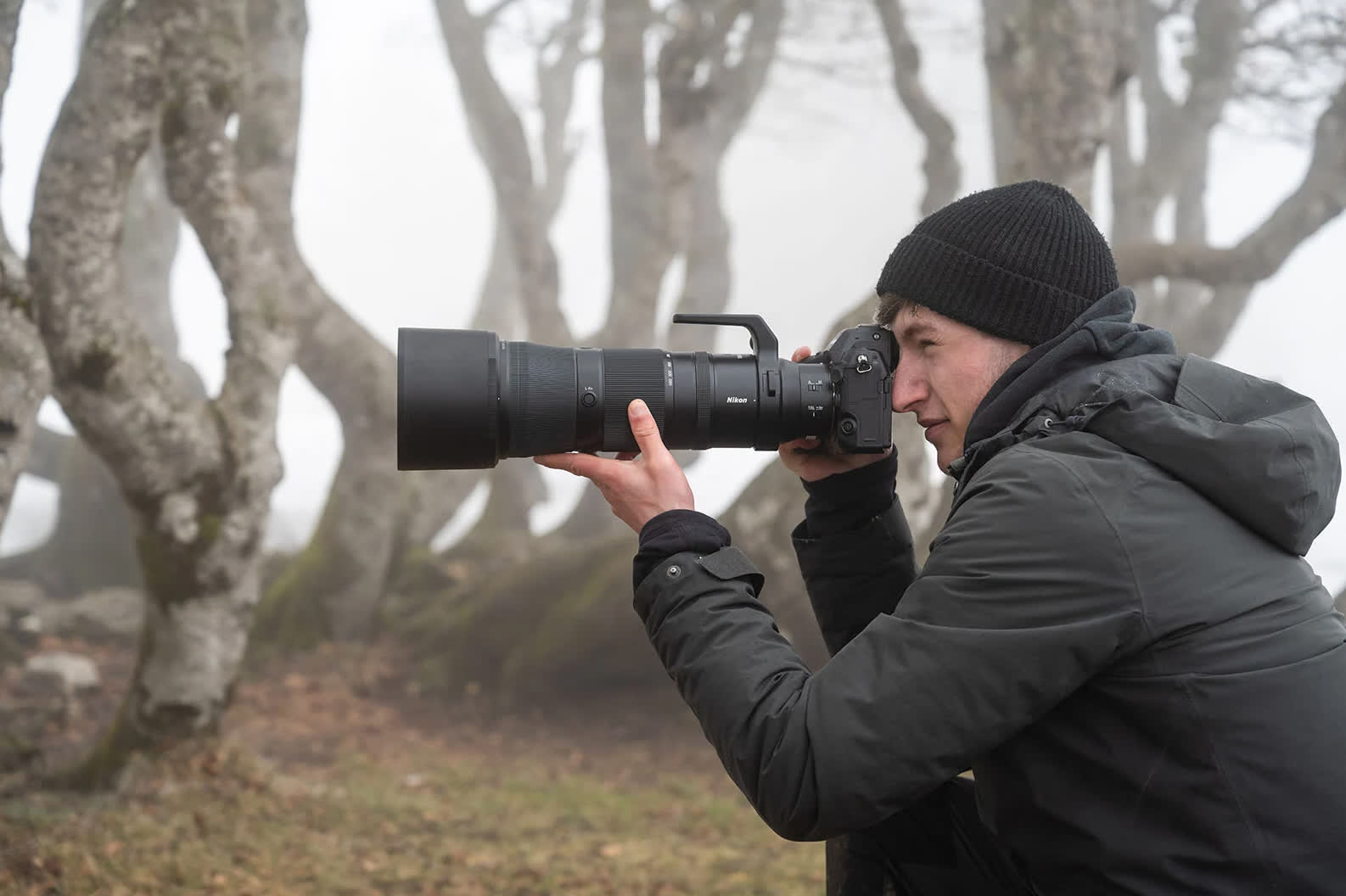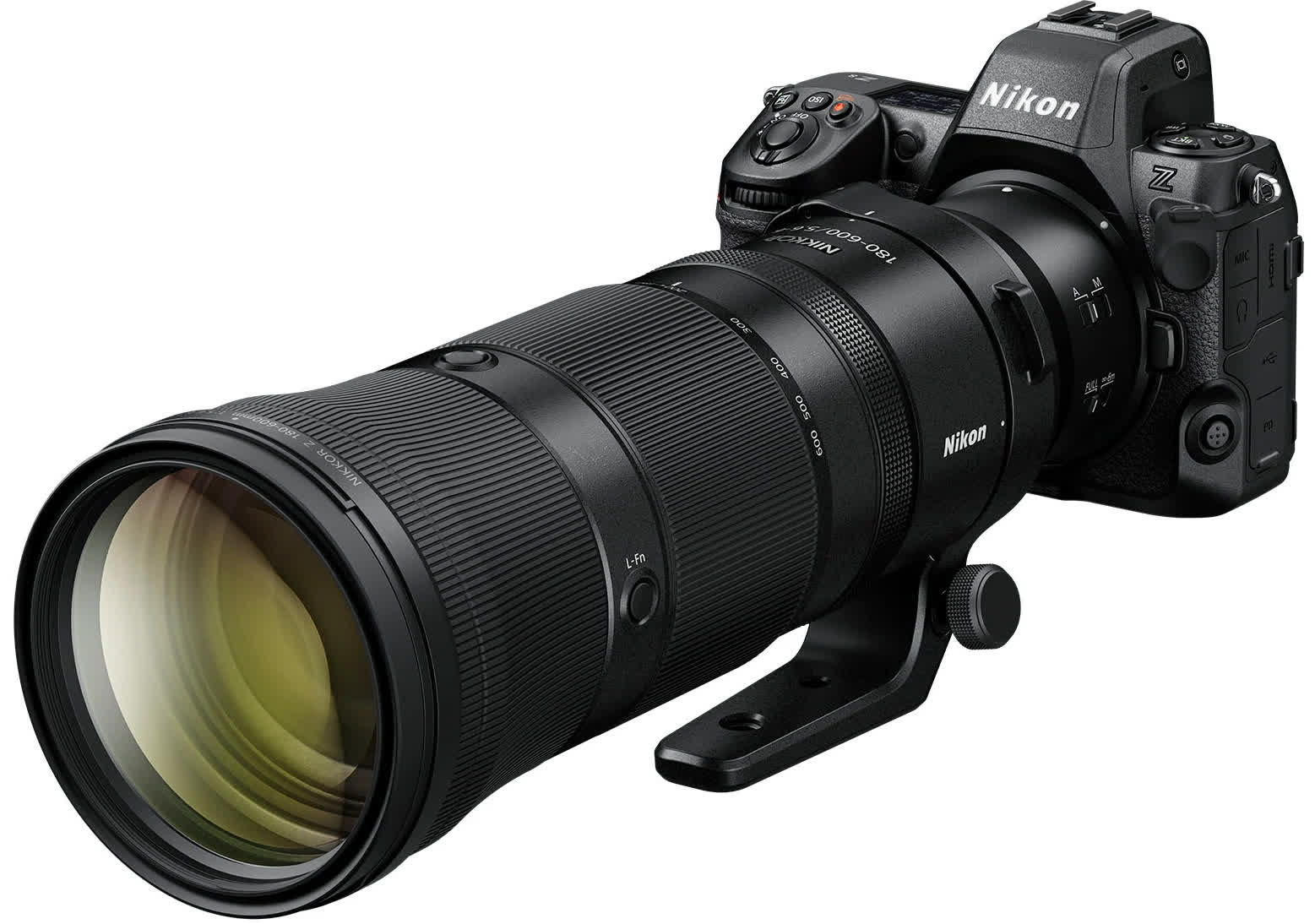In brief: Nikon has introduced a new super-telephoto lens for its Z-series mirrorless cameras that won't break the bank, or your back. The Nikkor Z 180-600mm f/5.6-6.3 VR features 25 elements in 17 groups, and affords a minimum focus distance of 1.3m at its widest and 2.4 meters when fully zoomed.

The VR in its name stands for vibration reduction, and is roughly equivalent to a 5.5 stop increase in shutter speed to reduce blurry photos due to camera shake when shooting handheld.
At just 1,955 grams (or 4.31 pounds), it is not nearly as heavy as one might expect. The zoom mechanism is completely internal, meaning it should feel totally balanced as you traverse the zoom range. The internal zoom also makes the lens a bit more resistant to the elements, although Nikon says dust- and drip-resistance is not guaranteed in all situations or under all conditions.

According to PetaPixel, the lens transitions to f/6 at 300mm and f/6.3 at 500mm. And if 600mm of reach somehow isn't enough, the unit is compatible with Nikon's TC 1.4x and TC 2.0x teleconverters to stretch the focal length out to 840mm or 1,200mm, respectively.
The new lens accepts 95mm filters, which can be carried over from other lenses you may already have bought filters for. There are also four lens Fn buttons onboard that can be assigned to a variety of operations, and a lockable lens hood with release button should keep the hood from inadvertently coming loose.
Nikon's latest could be a boon for wildlife or sports photographers on a budget or those that simply aren't serious enough about shooting to justify spending many times more for a fast prime lens. The Nikkor Z 600mm f/4 TC VR S lens with the same reach but a wider aperture, for example, commands over $15,000. The new Nikkor Z 180-600mm f/5.6-6.3 VR is a fraction of that at just $1,696.95.
Pre-orders are open now ahead of a scheduled ship window of late August 2023.
https://www.techspot.com/news/99153-nikon-new-super-telephoto-lens-reaches-600mm-but.html